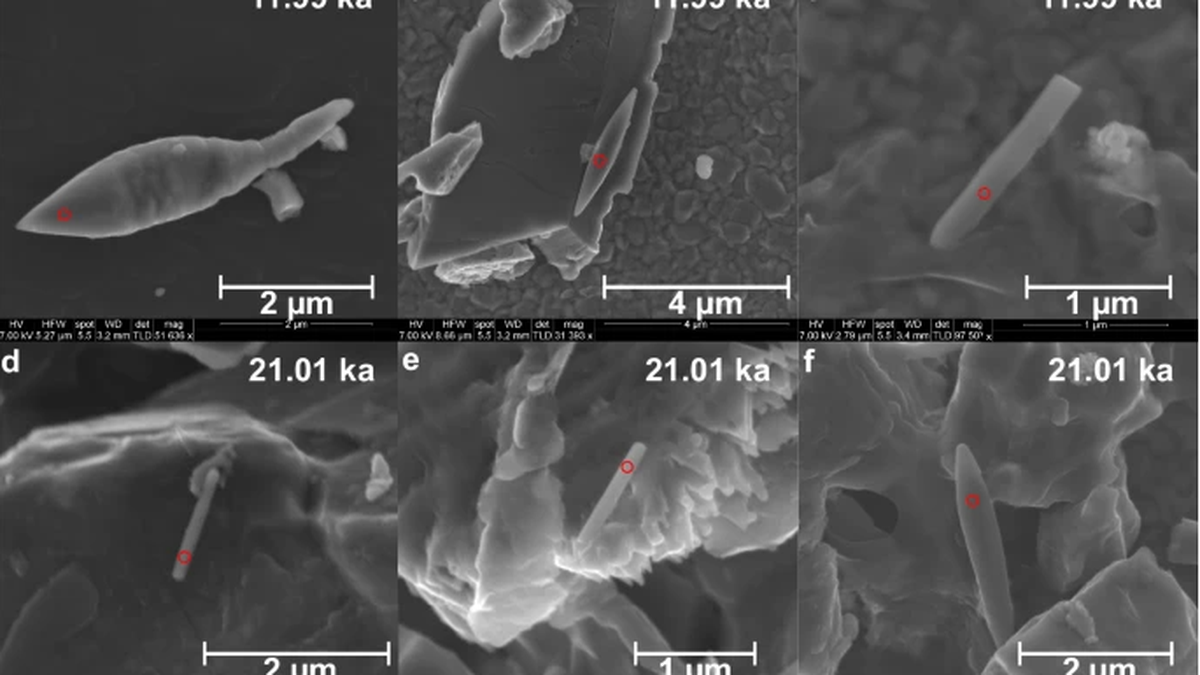Free Courses Sale ends Soon, Get It Now


Free Courses Sale ends Soon, Get It Now



Disclaimer: Copyright infringement not intended.
Context
Details
Magnetofossils and Magnetotactic Bacteria
Discovery in the Bay of Bengal
About Magneto fossils
Definition and Nature:
Types of Magneto Fossils:
Formation and Preservation:
Significance:
Methods of Study:
Conclusion
Magneto fossils represent a unique intersection of biology, geology, and paleomagnetism. They offer valuable insights into Earth's ancient environments, the behavior of ancient organisms, and the evolution of the Earth's magnetic field.
|
PRACTICE QUESTION Q. Understanding the distribution and formation of magnetofossils contributes to paleoenvironmental reconstructions and studies of Earth's magnetic history. Discuss. (250 Words) |
© 2024 iasgyan. All right reserved